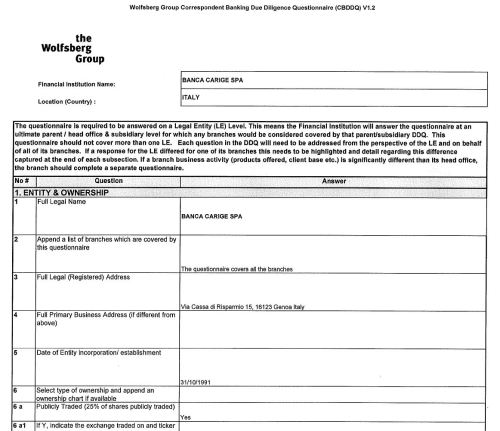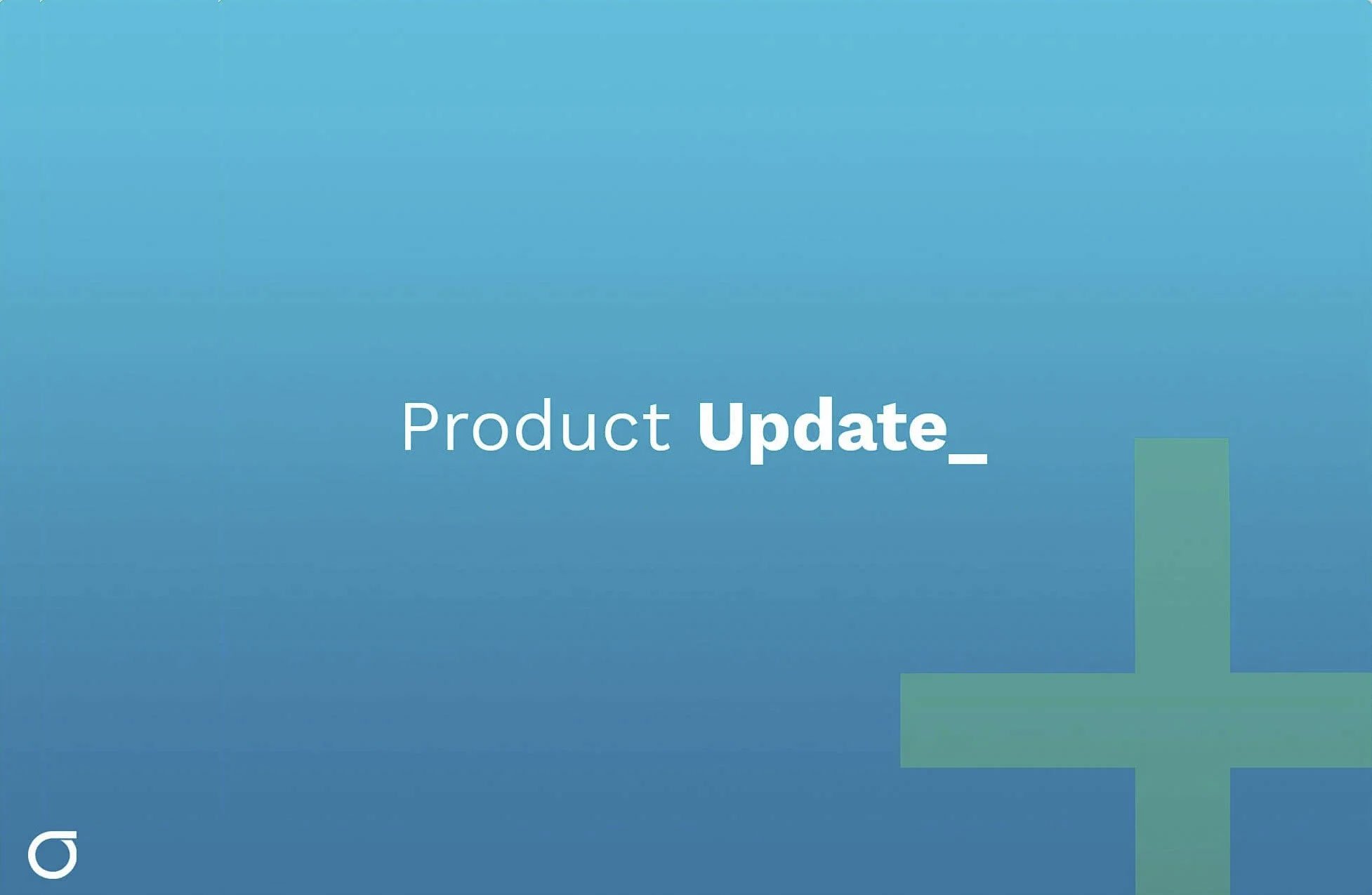The Anti-Money Laundering (AML) legislation is enacted with the aim of the detection and prevention of any illegal activity concerning finance, including money laundering, terrorist financing, and any other financial offences. Financial institutions such as banks and investment organizations must take strict actions to comply with the regulations. One major aspect of it is continuous monitoring.
While AML screening software helps detect suspicious activities at the onset, it is the continuous and proactive monitoring of transactions, customers, and activities that forms the cornerstone of an effective AML program.
1. Identifying Suspicious Activities Early
These money laundering techniques can be subtle undertakings over an extended duration aimed at avoiding detection. While these activities are taking place, ongoing monitoring gives the financial institution opportunities to nip them in the bud and avert possible harm. By tracing transaction patterns, account behavior, and customer profiles, institutions are able to quickly identify suspicious activities such as:
On-time detection empowers institutions to swiftly launch an inquiry into the affairs and report them to the competent authorities. Thus, it minimizes the risk of being otherwise led astray by criminals.
2. Changing Risk Profiles
A customer's risk profile can be altered over time by a multitude of factors, among which are any changes in their financial behaviors, associations, or the jurisdictions with which they interact. Continuous monitoring thus allows institutions to alter their assessment of a customer's risk profile in real time. For example, in case a customer marked previously as low-risk starts suddenly doing high-value, frequent international transactions, it could denote a change in the risk status altogether.
Continuous monitoring of these transactions helps financial institutions pin down these changes and take critical steps. These include scrutinizing specific transactions more closely or reporting suspicious activities.
3. Adapting to Regulatory Changes
AML regulations are ever-changing and often modified to counter emerging threats. Financial institutions must ensure that their ML processes and systems are up to date with these changing requirements. Continuous monitoring establishes compliance not only as abiding by laws at the time of customer onboarding but also as an ongoing process. AML software compliance programs are created in order to have facilities equipped with up-to-date regulations enabling them to perform operations at all times.
These AML solutions are particularly developed to help financial institutions comply with stringent requirements, automate the detection of dubious activities and relieve the manual effort of transaction monitoring. Indeed, they promise an impressive arsenal of tools for ongoing monitoring, which will, in turn, make compliance obligations even easier.
1) Automated Transaction Monitoring
Most AML software offers automated transaction monitoring tools to enable institutions to track thousands of transactions in real time. This software typically follows prescribed rules and sets algorithms to identify transactions that deviate from usual customer behavior. It detects suspicious activities without manual intervention. For example, any sudden transfer of a huge sum of money by a customer into a high-risk country will automatically load up the software to investigate further.
2) Risk Profiling and Customer Segmentation
AML compliance software enables institutions to keep each customer's risk profile current. It performs continuous reviews of customers' transaction histories and behaviors, adjusting their risk ratings as new data becomes available. AML software identifies and segregates customers who exhibit risky behaviors such as too many cross-border transactions or operations in high-risk areas for special monitoring.
3) Detailed Reporting and Documentation
An additional feature of AML software is facilitating comprehensive reporting of suspicious activity and regulations. Internal auditors could use these reports during audits or investigators could share them with regulators in the course of an investigation. Hence, by maintaining thorough and accurate evidence, institutions stand to lose less in terms of being fined or penalized for non-compliance.
4) Real-time Alerts and Notifications
AML compliance solutions give alerts in real time when there is suspicious activity. Thus, it gives compliance teams to do research on the activities that warrant action and the kind of action that needs to be taken. Whether it involves investigating immediately or monitoring the customer account, real-time alerts make sure that no red flags go unnoticed.
5) Machine Learning and AI
Advanced AML systems are embracing new technology. This includes machine learning (ML) and artificial intelligence (AI), to enhance their current monitoring functions. The benefits of these technologies include the evaluation of transaction data with more efficiency and the detection of intricate patterns that may have gone unnoticed otherwise. Moreover, AI and ML will be able to counter new money laundering strategies by learning from past data. Hence, it increases the efficiency of the system with time.
Financial institutions might utilize best practices for real-time monitoring and achieving its goals. These include:
Continuous tracking is an indispensable piece of the puzzle when it comes to any anti-money laundering program. Ongoing monitoring enables the detection of the earliest instances of suspicious activity, adaptation to emerging risks, maintenance of compliance along the shifting lines of regulation, and preservation of reputation. Advanced technologies for anti-money laundering (AML), effective software applications, and compliance tools allow institutions to commit themselves to achieving the best possible AML standards.
In this increasingly sophisticated landscape of money laundering tactics, institutions can no longer consider effective ongoing monitoring optional. They must embrace it as essential for keeping one step ahead of financial crime and maintaining the integrity of our financial system.
Any continued vigilance and compliance with the best AML software available can only be confirmed by the institutions embracing this technology as part and parcel of the new landscape within which financial crime operates
How can Sigma360 help me stay ahead?
Using Sigma360's risk decisioning software platform, organizations can not only get ahead of risk, but leverage unstructured data - like the screening examples highlighted in this article.

On pushing forward broader adoption

While KYC stands for “Know Your Customer” and is at the heart of AML efforts, for compliance teams it can be just as important to “Know Your Country”...

Time and resource commitments dedicated to manually determining line of business and verifying internet presence of entities and individuals in...
